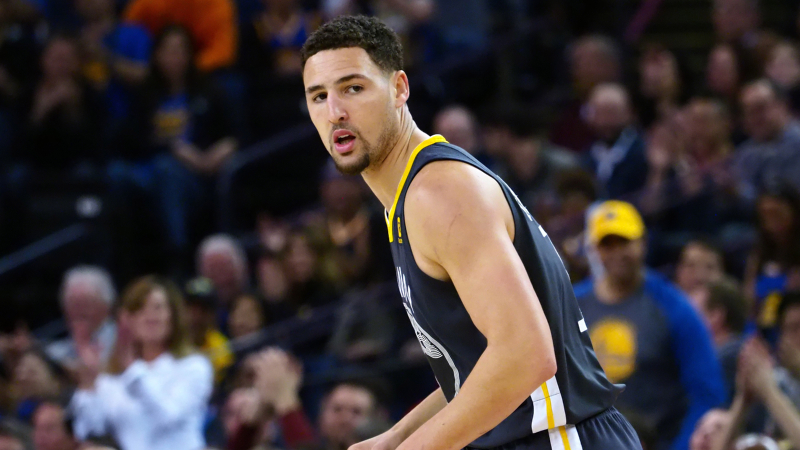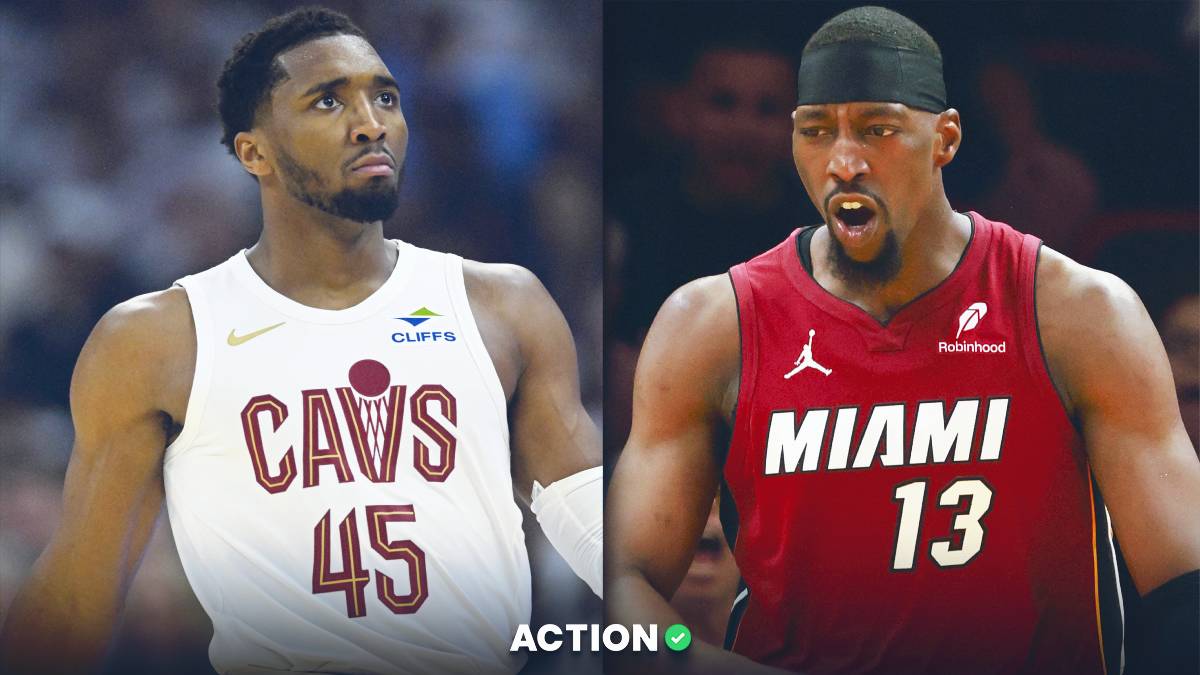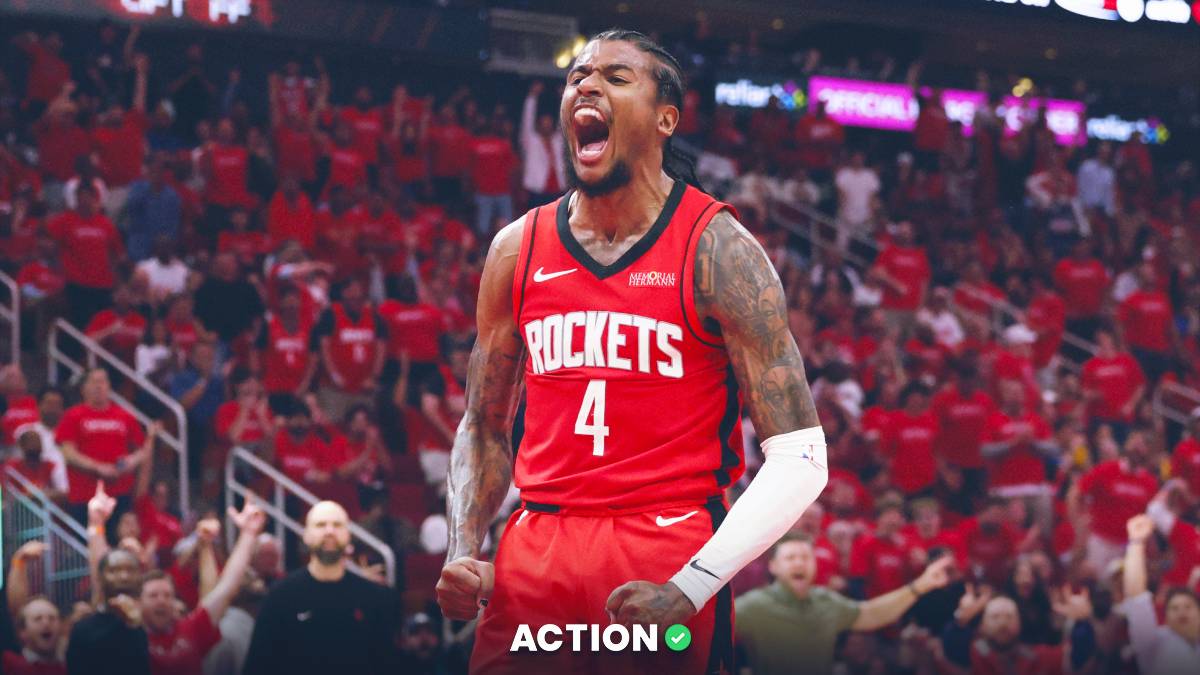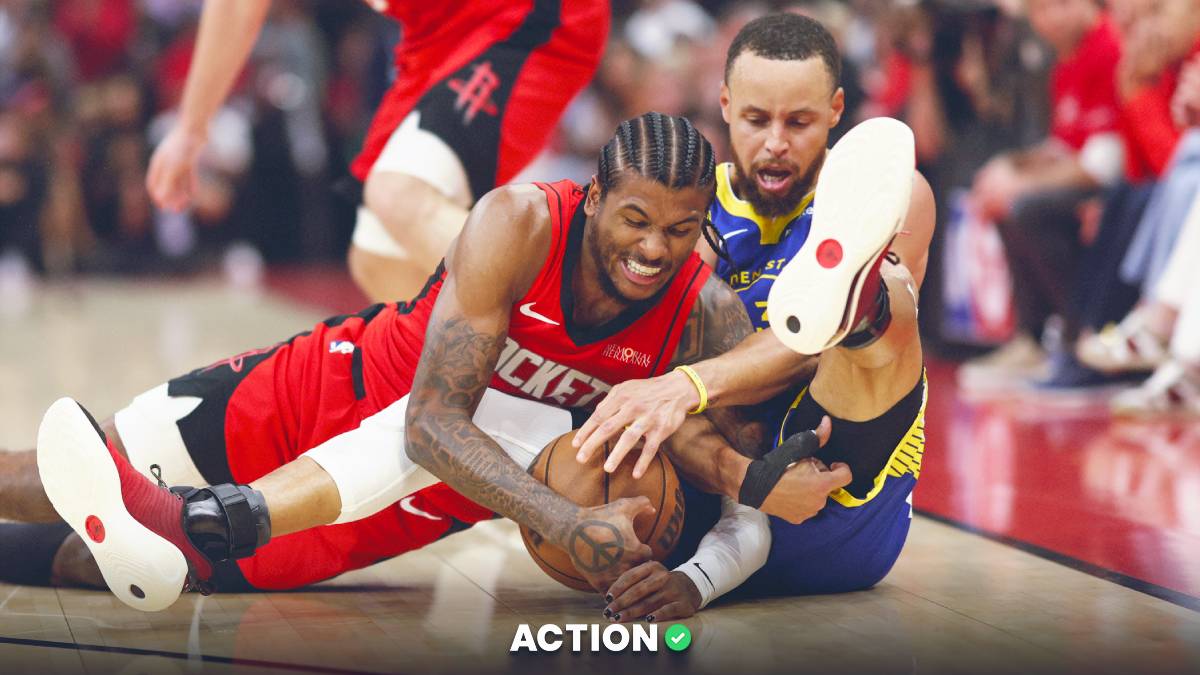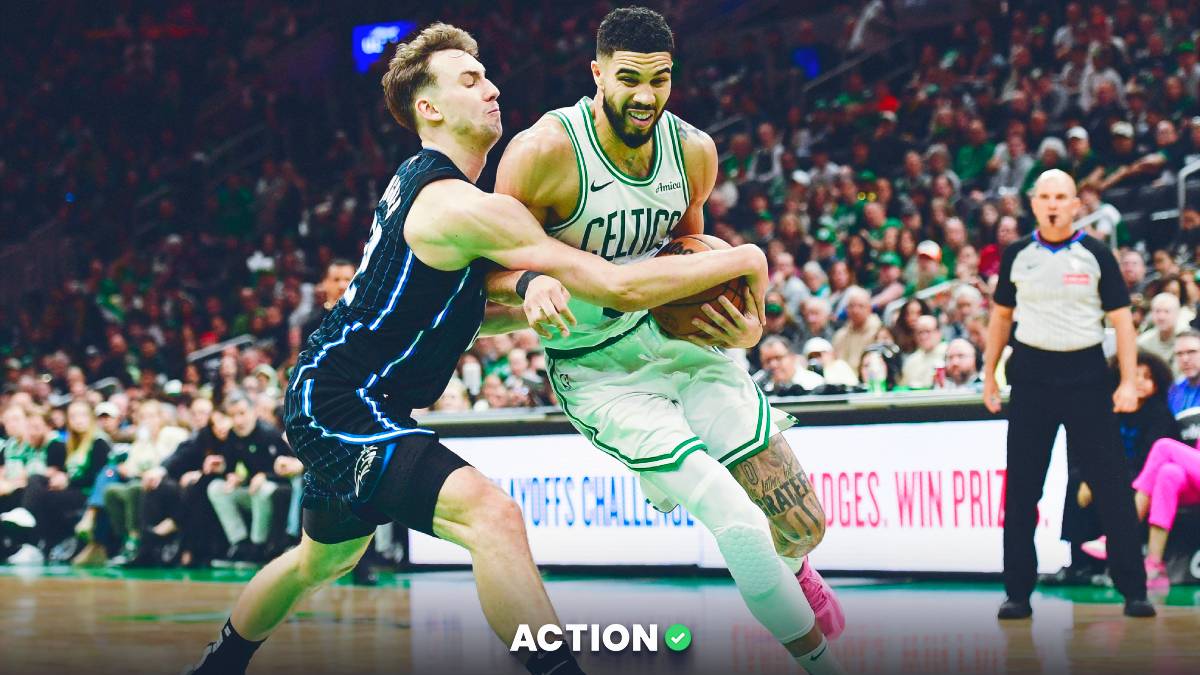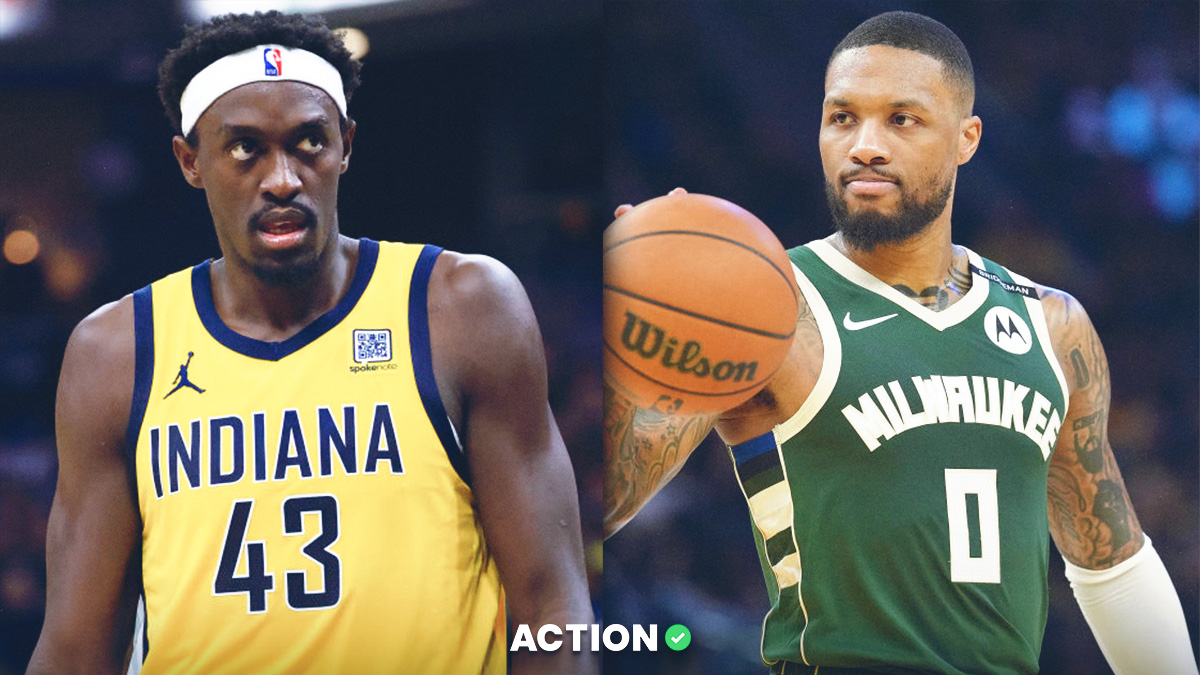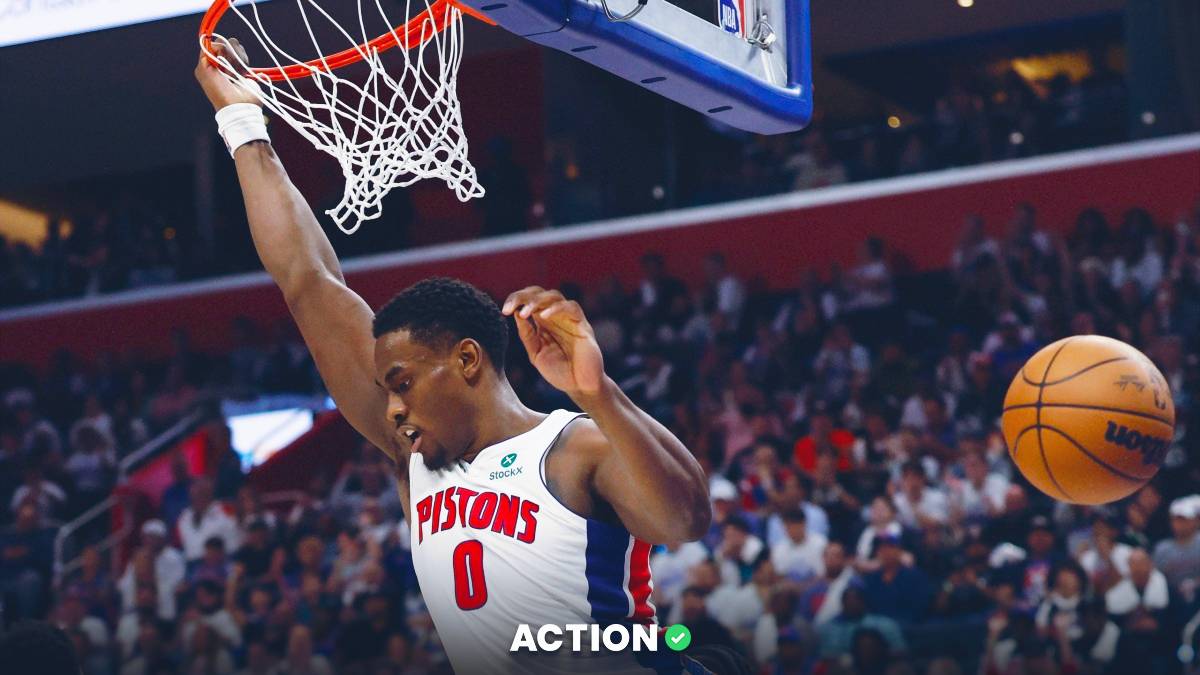The Highlights
- Game 4 of the NBA Finals tips at 9:00 p.m. ET.
- With Golden State coming off a convincing Game 3 win, oddsmakers will be forced to account for an overreaction from recreational bettors.
- There is a betting system with an 58% ATS win rate since 2005 that takes advantage of these shaded lines.
A popular NBA betting strategy is the zig-zag theory. The system is simple. When a team loses a playoff game, you then bet on that team to cover the spread in the next contest.
For example, Cleveland lost Game 3 of the NBA Finals to Golden State on Wednesday. Bettors following the zig-zag theory would then back the Cavaliers in Game 4 to cover.
Not only is the strategy easy to follow, but it also makes sense. Following a loss, the oddsmakers will shade the line toward the opponent expecting the public to bet the previous game's winner. A soft line then makes covering the spread more manageable.
One problem, the betting strategy doesn’t work. Using Bet Labs, The Action Network's Ken Barkley discovered that gamblers following the zig-zag theory have gone 464-460-23 (50%) ATS since 2005, including 49-66-1 (43%) ATS the last two seasons.
This article usually requires a subscription, but today it's FREE. Enjoy! Click here to be kept in the loop on future promos.
The traditional NBA zig-zag theory is dead. But using similar principles, I’ve identified a winning first-half betting system with a play for tonight's Cavaliers-Warriors Game 4 (9 p.m. ET).
Since 2005, teams coming off postseason losses have been profitable on the first-half spread in the following game, going 498-437-23 (53%) ATS. If the team plays at home in the next game, this system improves to 286-227-13 (56%) ATS. Of course, fading the public also gives this strategy a boost:
In the Bet Labs database, home teams getting less than 45% of spread tickets following a playoff loss have gone 144-103-5 (58%) ATS. A $100 bettor has returned a profit of $2,927 following this first half zig-zag theory.
This betting system has enjoyed a .500 or better ATS record in 12 of the last 14 postseasons and is a ridiculous 57-27-1 (68%) ATS over the last five years.
Why does this work? The zig-zag theory is designed to exploit overreactions from casual bettors. If the oddsmakers shade the line toward the team that won the previous game, it becomes easier to cover the spread.
Also, since we are wagering on a team that lost the previous game, we might be backing the inferior squad, thus covering for one half is less of a challenge than it would be for all four quarters. Finally, this system targets teams with home-court advantage and fades the public — two good factors to have on your side when placing a bet.
Cleveland Cavaliers (+1.5) vs. Golden State Warriors
The Cavaliers opened as 2-point underdogs in the first half. After three consecutive losses to the Warriors, less than 40% of spread tickets are on Cleveland. Yet, the Cavs have moved from +2 to +1.5 in the first half.
More Coverage of Game 4
- The Only Drama Left: Who Wins the Finals MVP?
- Game 4 Attracting Sneaky Wiseguy Attention
- Locky: Warriors Could Turn Game 4 into a Laugher
- Mears: Keep Betting the Warriors 3Q Line
- Download Our FREE Game 4 Props Sheet
- Game 4 Trends: Pay Attention to Spread Dollars on the Warriors
- Warriors Open at -5.5 to Clinch Third Title in Four Years



